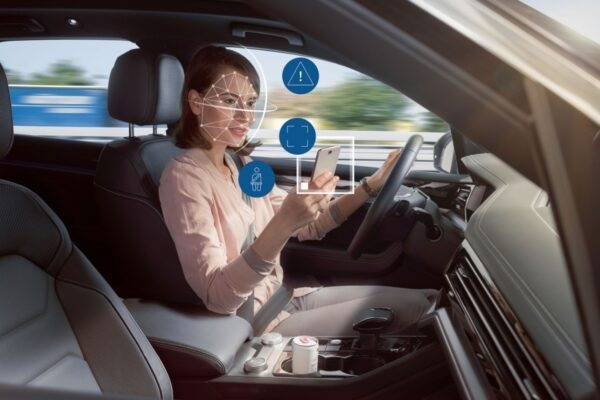Introduction
Armored vehicles are no longer limited to military use—they’ve become essential for civilians, corporations, and governments worldwide. Among these, armored sedans are particularly popular because they combine discreet protection with everyday practicality. A trusted provider such as Troy Armoring sedans delivers vehicles that look like standard luxury cars but are reinforced to withstand ballistic threats, explosions, and forced entry attempts. But who actually uses armored sedans, and what are their main reasons?
Government Officials and Diplomats
High-ranking officials, diplomats, and heads of state are prime users of armored sedans. Their roles often place them at higher risk of targeted attacks, protests, or assassination attempts. Benefits include:
- Discreet Security – Sedans blend into normal traffic better than large SUVs or military vehicles.
- International Travel Safety – Diplomats traveling in politically unstable regions require trusted transportation.
- Comfort and Functionality – Armored sedans offer both luxury and critical protection during official duties.
Business Executives and High-Profile Individuals
Corporate leaders and wealthy individuals often face risks related to kidnapping, robbery, or extortion, particularly in areas with higher crime rates. For them, armored sedans provide:
- Secure Commuting – Daily travel without drawing unwanted attention.
- Corporate Liability Protection – Ensures employee safety for executives traveling on company business.
- Professional Image – Luxury armored sedans balance security with status.
Executives prefer sedans because they look professional while delivering peace of mind.
Celebrities and Public Figures
Actors, musicians, and athletes often attract large crowds and media attention, making them vulnerable in public. Armored sedans help them:
- Avoid Threats – Protection against overzealous fans or potential attackers.
- Travel Comfortably – Luxury interiors ensure long rides remain pleasant.
- Maintain Discretion – Unlike flashy armored SUVs, sedans provide subtle protection.
This blend of security and style makes sedans a preferred choice for public figures.
Journalists and Humanitarian Workers
In conflict zones or politically unstable regions, armored sedans are used by media teams and aid organizations. They provide:
- Protection Against Armed Threats – Crucial when covering sensitive stories or delivering aid.
- Mobility in High-Risk Areas – Sedans can maneuver quickly compared to larger vehicles.
- Safety for Staff – Protects professionals dedicated to humanitarian or investigative work.
Organizations often choose sedans for field operations where low visibility and mobility are key.
Families and Private Security Use
In some regions, families at risk of kidnapping or violent crime invest in armored sedans as part of their daily routine. Key advantages include:
- Everyday Use – A family car that doesn’t stand out as armored.
- Passenger Safety – Reinforced doors, bullet-resistant glass, and run-flat tires protect occupants.
- Affordable Security – Sedans are often more cost-effective than larger armored SUVs.
This makes them a practical option for long-term, everyday protection.
Final Thoughts
Armored sedans are trusted by government officials, executives, celebrities, journalists, and families who face elevated security risks. They provide discreet, reliable protection while maintaining comfort and professional style. Companies like Troy Armoring sedans specialize in building vehicles that deliver both safety and luxury, making them the go-to choice for those who need protection without drawing unnecessary attention.












